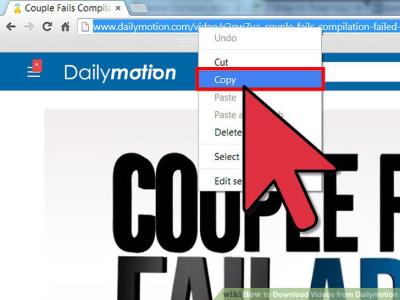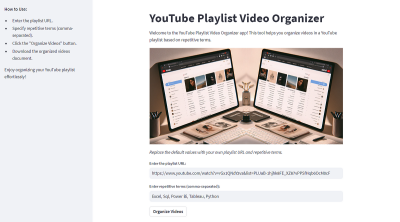Historical maps do more than simply provide navigation aids; they narrate enthralling sagas of bygone days. They reveal the geography, desktop topography as well as the socioeconomic-political situation of their days.These extraordinary plans whisk us back to those moments, revealing how may you place have appeared then and what did people in there perceive about them?If you have an interest in history, geography or even art, then perusing through antiquated atlases will be worthwhile undertaking. They offer an uncommon perspective that depicts the transition of our world through time.
Overview of the USA’s Northeastern Seaboard
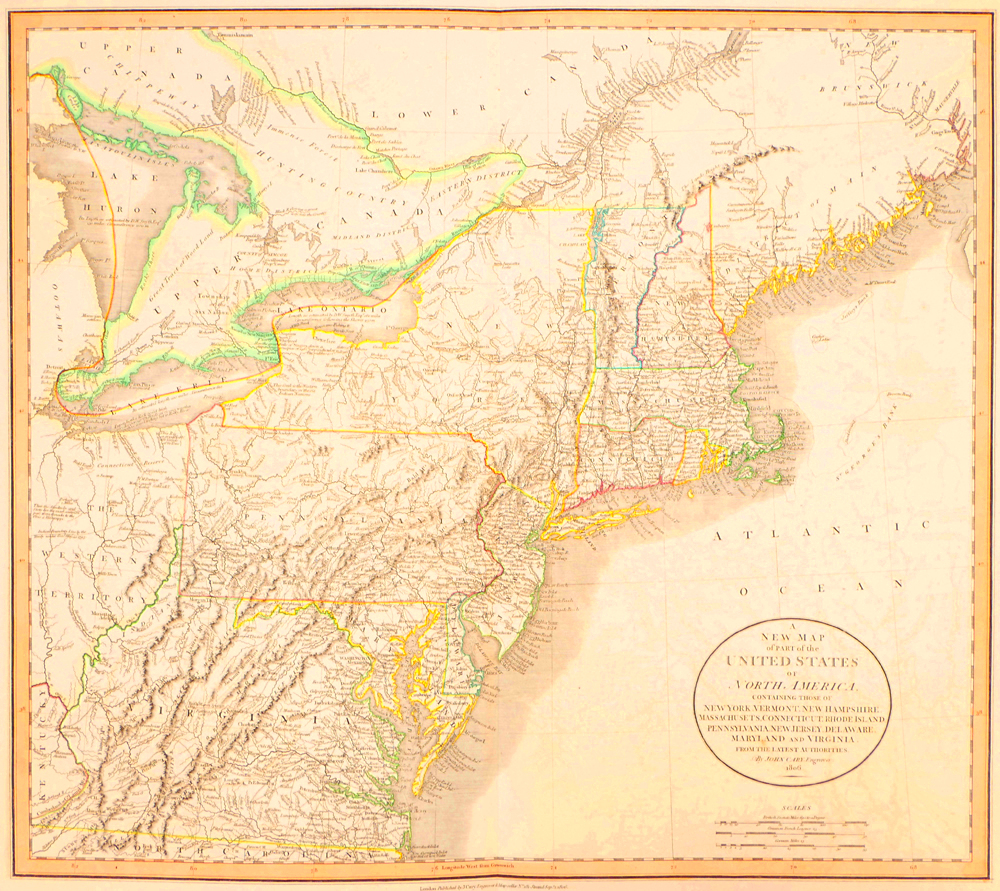
The United States' Northeast Coastline is a lively and varied place. Spanning from Maine to Virginia, it includes:
- Maine
- New Hampshire
- Massachusetts
- Rhode Island
- Connecticut
- New York
- New Jersey
- Pennsylvania
- Delaware
- Maryland
- Virginia
This area is known for its rich history, stunning landscapes, and cultural significance. The coastline features beautiful beaches, rocky cliffs, and bustling ports, making it an essential area for trade and exploration throughout history. In the early 17th century, this region was a focal point for early European settlers, and its maps reveal much about their journeys and settlements.
Significance of Maps from 1620
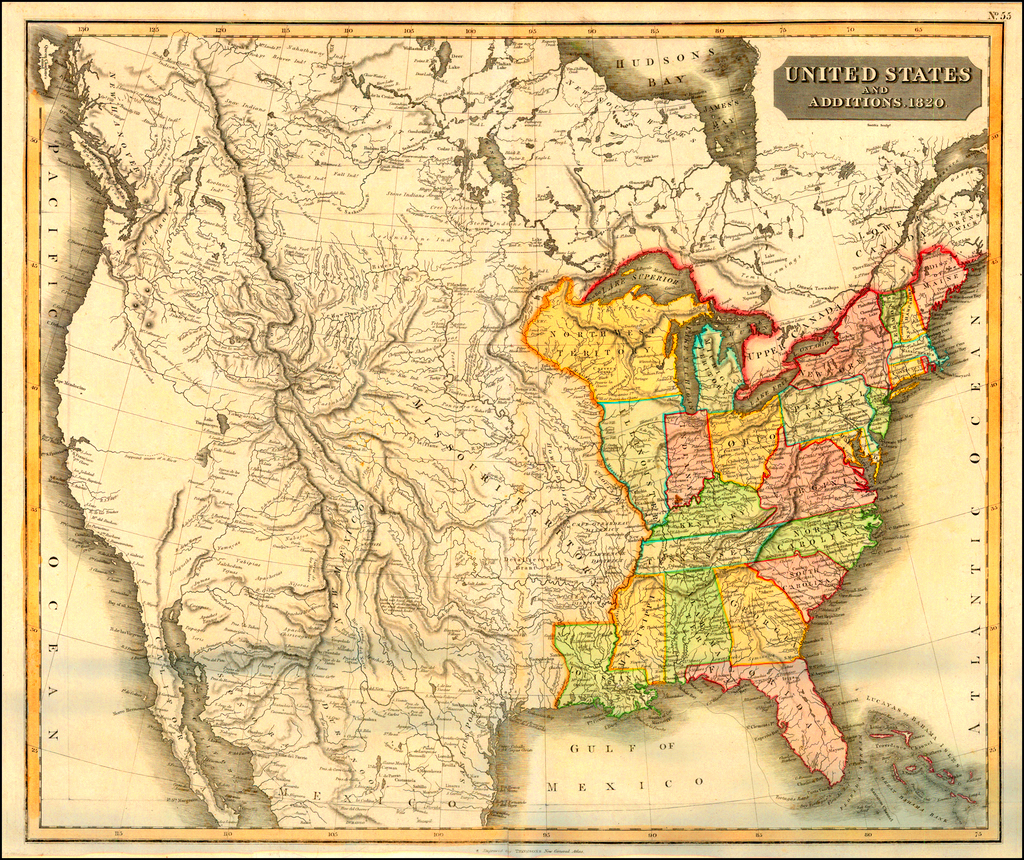
The year 1620 marks a critical moment in American history, particularly with the arrival of the Pilgrims at Plymouth. Maps from this period provide invaluable insights into:
- Settlement Patterns: Understanding where early settlers established colonies helps us grasp the growth of towns and cities.
- Geographical Features: These maps often highlight natural landmarks like rivers, mountains, and forests that influenced settlement.
- Political Boundaries: They reflect the political dynamics of the time, including territories claimed by different European powers.
- Cultural Exchange: Maps show interactions between Indigenous peoples and European settlers, shedding light on cultural exchanges.
By examining maps from 1620, we can appreciate the challenges faced by early settlers and how their journeys shaped the nation. They are not just historical artifacts but essential tools for understanding the complex tapestry of American history.
Benefits of Using the Free Historical Map
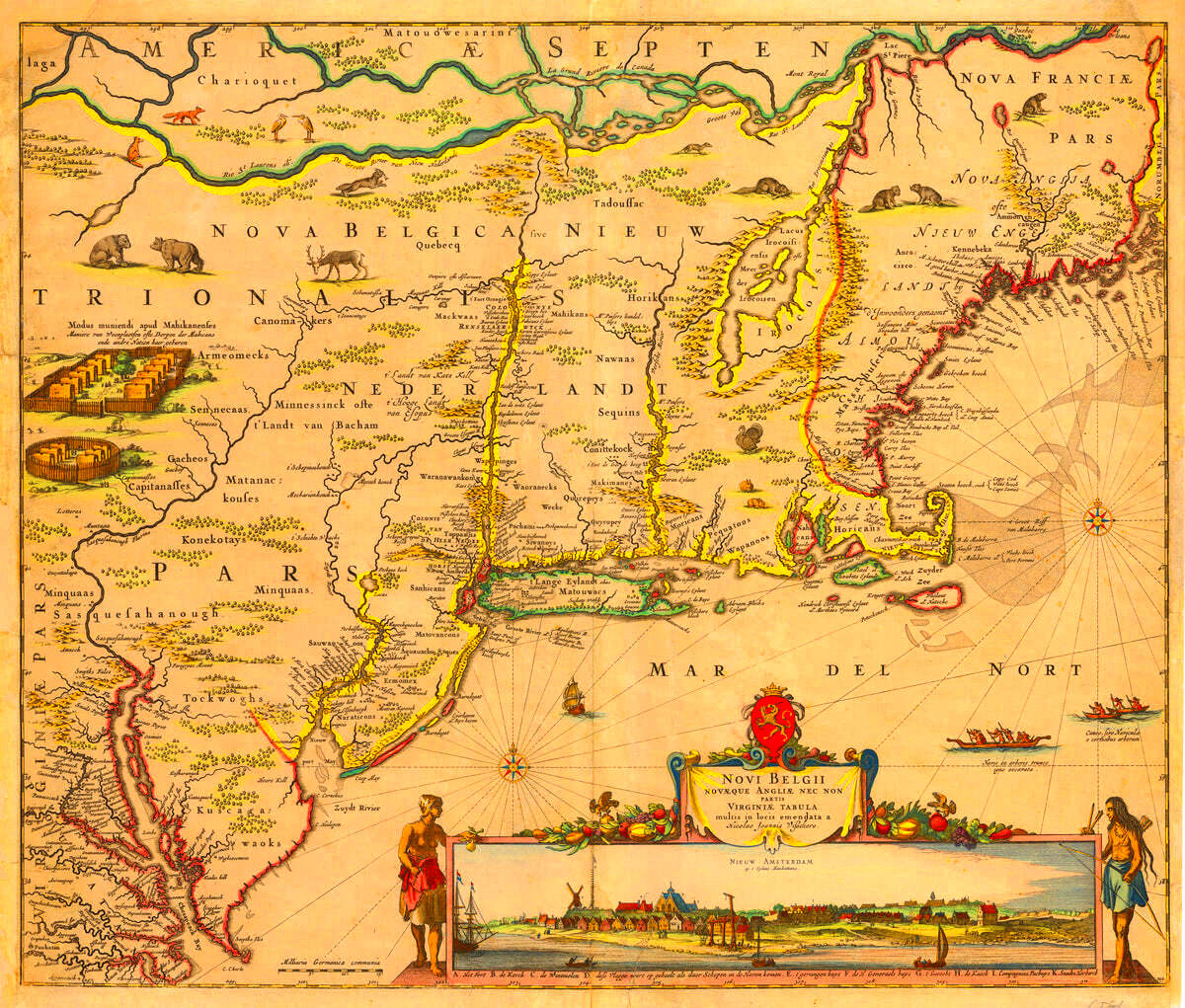
Using free historical maps, especially those like the 1620
map of the Northeastern Seaboard, offers numerous advantages for researchers, educators, and history enthusiasts. Here are some key benefits:
- Cost-Effective Resource: Accessing high-quality historical maps for free saves you money, allowing you to focus your budget on other research needs.
- Easy Accessibility: Many free maps are available online, making it convenient to find and download them from the comfort of your home.
- Educational Tool: Historical maps serve as excellent educational resources. They can enhance lessons in history and geography, making them more engaging for students.
- Rich Visual Context: Maps provide a visual context that complements textual research. They help you visualize the geography, settlement patterns, and features of an area.
- Research Inspiration: Exploring historical maps can spark new ideas and avenues for research, as they often reveal aspects of history you might not have considered.
In general, utilizing past maps without any charges can highly enhance your perceptions of past occurrences and alterations in geography as time goes by.
Frequently Asked Questions
People often wonder when they ask questions about historical cartography. There are some of the frequent inquiries:
Are historical maps accurate?
- While historical maps reflect the knowledge of their time, they may not always be geographically accurate by today’s standards. They offer insight into how people understood their world.
How can I use historical maps in my projects?
- Historical maps can enhance presentations, reports, and educational materials by providing a visual representation of historical data.
Can I download and use these maps for free?
- Many sites offer free downloads of historical maps, but it’s essential to check the licensing terms to ensure proper use.
What formats are available for historical maps?
- Maps can be found in various formats, including JPEG, PNG, and PDF, allowing flexibility in how you use them.
How do I interpret symbols on historical maps?
- Each historical map typically comes with a legend or key that explains the symbols used, making it easier to understand what each feature represents.
Conclusion and Final Thoughts
Exploring historical maps, such as the free 1620
map of the Northeastern Seaboard, opens up a world of knowledge about our past. These maps not only serve as essential research tools but also enrich our understanding of the geography and history of a region. Whether you’re a student, educator, or simply a history buff, incorporating historical maps into your studies can enhance your experience.As you explore the historically enchanting universe of cartographic antiquity, bear in mind that you have an extensive array of online materials at your disposal. There are several possibilities for inquiry from unrestricted downloads to academic organizations. Understanding additional stories behind these maps can lead to wonderment and deeper understanding for the complex pattern in our pasts.
 The United States' Northeast Coastline is a lively and varied place. Spanning from Maine to Virginia, it includes:
The United States' Northeast Coastline is a lively and varied place. Spanning from Maine to Virginia, it includes: The year 1620 marks a critical moment in American history, particularly with the arrival of the Pilgrims at Plymouth. Maps from this period provide invaluable insights into:
The year 1620 marks a critical moment in American history, particularly with the arrival of the Pilgrims at Plymouth. Maps from this period provide invaluable insights into: Using free historical maps, especially those like the 1620 map of the Northeastern Seaboard, offers numerous advantages for researchers, educators, and history enthusiasts. Here are some key benefits:
Using free historical maps, especially those like the 1620 map of the Northeastern Seaboard, offers numerous advantages for researchers, educators, and history enthusiasts. Here are some key benefits: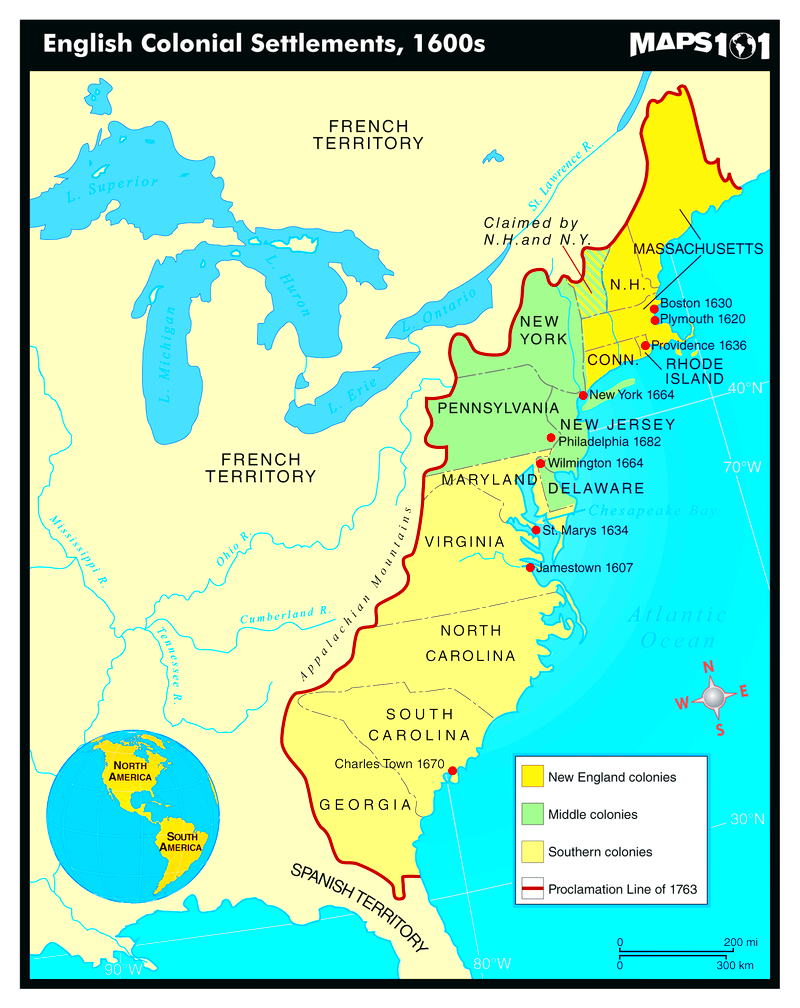
 admin
admin





